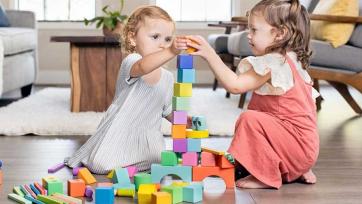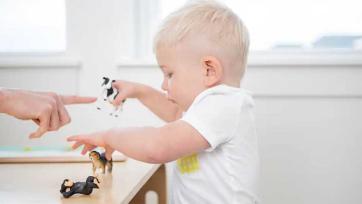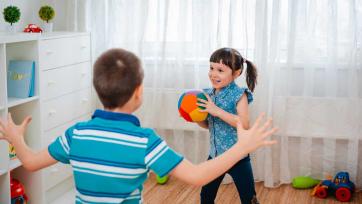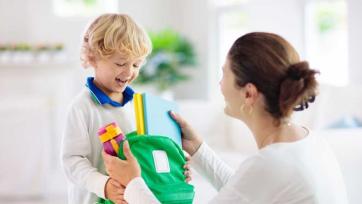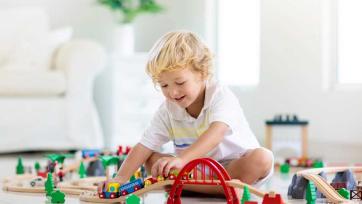Cars are among the toys that kids love the most. If you've seen them play with their cars, you know how interesting it is to watch them drive around the house. Your children might even draw and paint on them. Want to know how to make it easy for your child to draw a car? Here is a step-by-step explanation of how to draw cars.

How to Draw a Car: What You'll Need
● A4 sheet of plain sketching paper
● A pencil
● An eraser
● A scale
● Colors (crayons, watercolors, or sketch pens)
Car Drawing for Kids: 10 Easy Steps
Step 1: Draw a line across the page and two circles above it.
Using a scale to draw a horizontal line on the bottom half of the A4-size drawing paper. Then, as shown in the picture, draw two circles over the line. These circles will get you where you want to go.
Step 2: Inside the wheels, draw smaller circles.
Now, draw another circle inside the wheels of the car. We call this part of the wheel the barrel.
Step 3: Inside the Wheels, draw a third set of circles.
In the middle of each wheel, draw a small circle. Your drawing looks like a pair of scary eyes, but trust me, it's your car. We're just trying to make things easy for you. By the way, these little circles are the center caps.
Step 4: Draw lines from the smallest circle to the next one.
Now, draw five lines of the same length on each wheel, going from the innermost circle to the second circle. The spokes of the wheels are these lines. You can use your scale to draw these lines or do it by hand.
Step 5: Join two horizontal lines to the wheels.
Now, draw two horizontal lines between the wheels. Here, you can also use your scale. The car is built on these lines. Before we move on, does the drawing look like a pair of glasses on a pair of eyes to you as well?
Step 6: On each side of the wheels, draw two rectangles.
Now, draw two rectangles that go away from each other on either side of the wheels.
Step 7: Sketch the car's body.
● We'll break this part of the drawing down into three steps to make it easy:
● First, start above the rectangle on the left side of the paper and draw a curved line that ends just above the close of the wheel on the right side. Your car's hood will be the front part of this curve.
● Then, to connect the back of the car, draw a second curved line from the right end of the rectangle to where the initial line stops. This part of your car is the trunk.
● Now, draw a half-circle on top, starting where the first two curves meet and going to the end of the initial wheel. Voila! You just drew the car's windshield and roof.
Step 8: Draw the car's door and headlight.
Now, let's add a door and a headlight to the car. For this step, you need to draw two lines in the middle of the car that are slightly curved. For the handle, add a small rectangle near the second line. This is the last part of your car door. It's even easier to draw the car's headlight! Draw a circle on the car's hood (the curve on the extreme left of your drawing paper).
Step 9: Create Windows Using Two Quadrants
Now, start making the windows of your car by drawing two squares, one big and one small. You can use your scale to straighten the lines, but you don't have to. Just make them appear like windows on a car.
Step 10: Put on some paint!
Wow! Your car is looking good. Now all you have to do is get your favorite paint colors and paint that car! With this easy, step-by-step guide for how to draw a car for kids, you can give them something new to do.
Do you become a cool parent if you draw another car with your child by following these easy steps? Tell your child to go crazy with the colors, get creative with the spokes, or start over with the whole car. Tell them that the sky's the limit to their skills.

